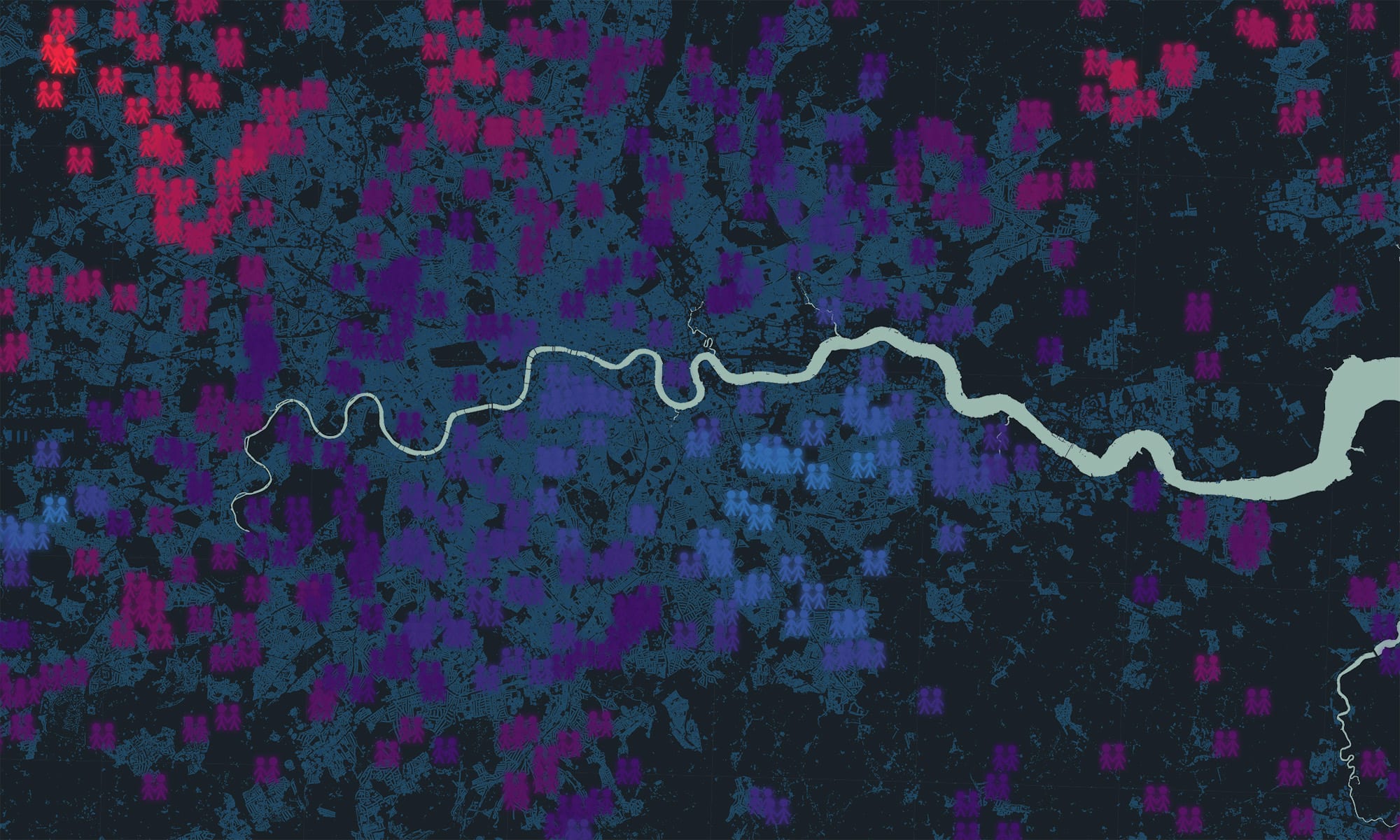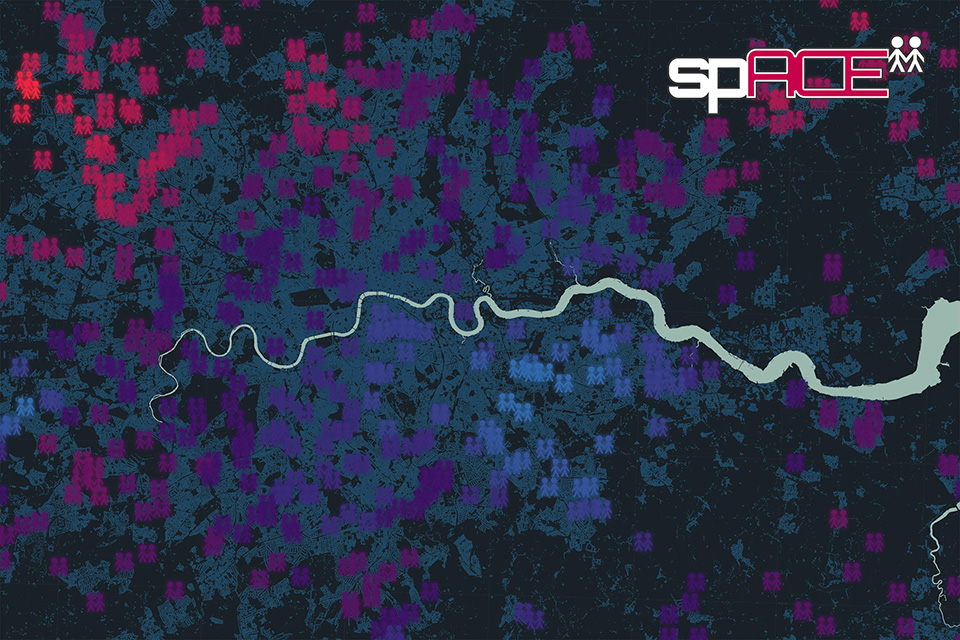Twin studies allow us to estimate the relative contributions of nature and nurture to human phenotypes by comparing the resemblance of identical and fraternal twins. Variation in complex traits is a balance of genetic and environmental influences; these influences are typically estimated at a population level. But what if the balance of nature and nurture varies depending on where we grow up? We developed the spACE approach to analyse and map genetic and environmental hotspots using data from large twin cohorts.
EMBERS
The rapid evolution of genotyping and sequencing technologies means that genetic variation data are becoming readily available in the large populations necessary for research into the aetiology of complex traits and disorders. Now, rather than being limited by genotyping, we are starting to be restricted by the availability of phenotypic and environmental information. To understand the dynamics of genetic influences across development and in different contexts, we must develop new approaches that will complement traditional questionnaires and clinical data to give us affordable, repeatable and detailed assessments on a scale to match our vast repositories of genetic data.
TWIST
Genetic and environmental influences are dynamic. Our spACE project has shown how the importance of genes and environments can vary depending on where we grow up, and our longitudinal analyses have shown that for several traits heritability tends to increase with age. We wanted to take this a step further by exploring what happens to genetic and environmental influences when we experimentally change the environmental context through an intervention.




